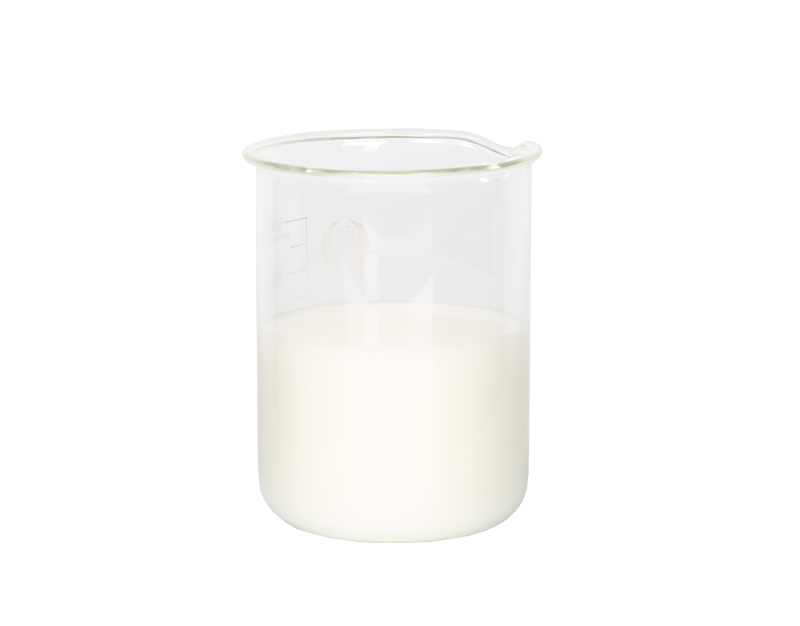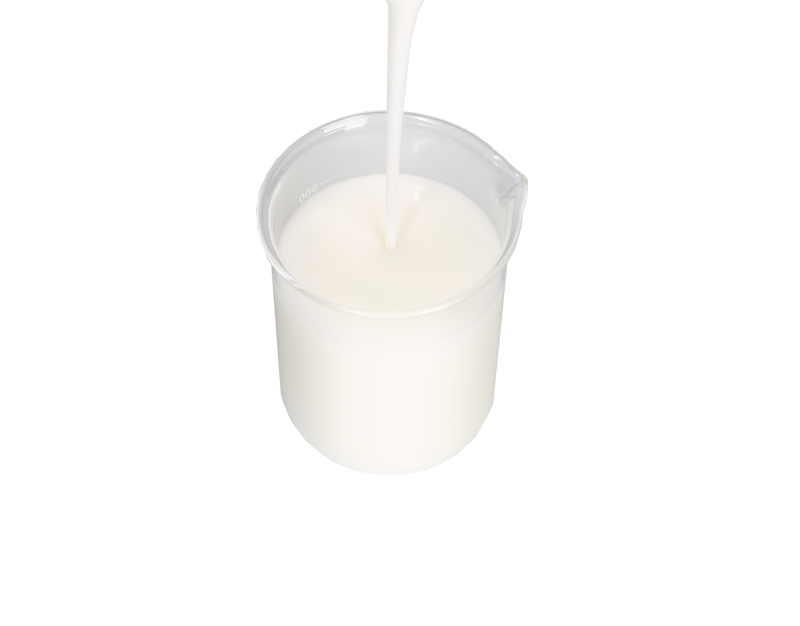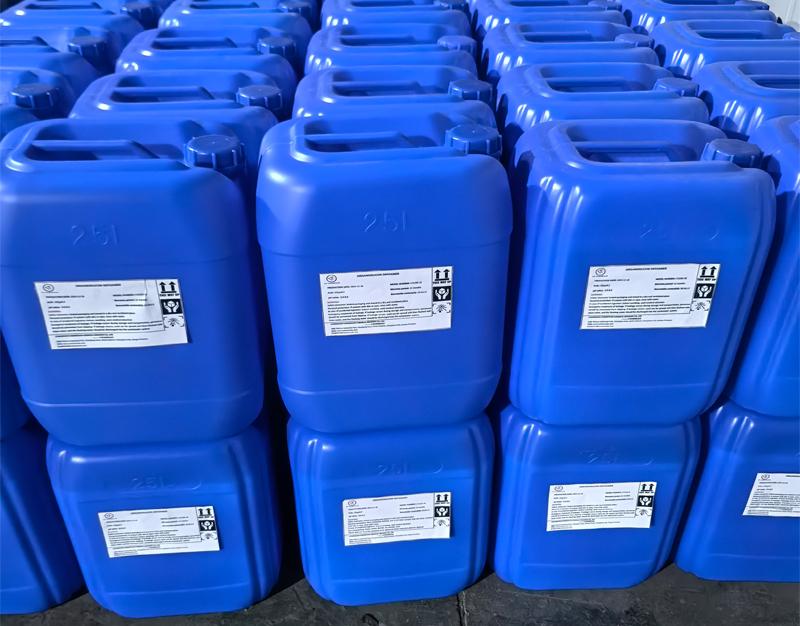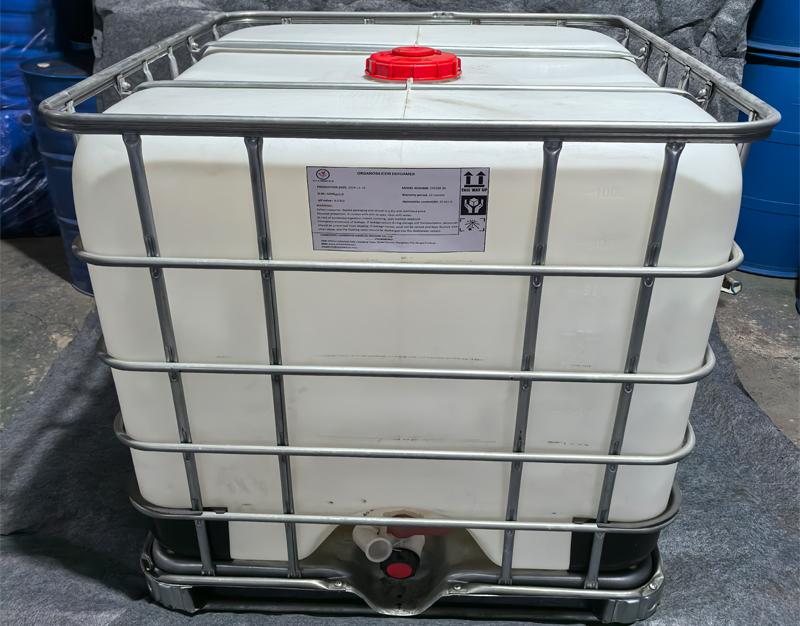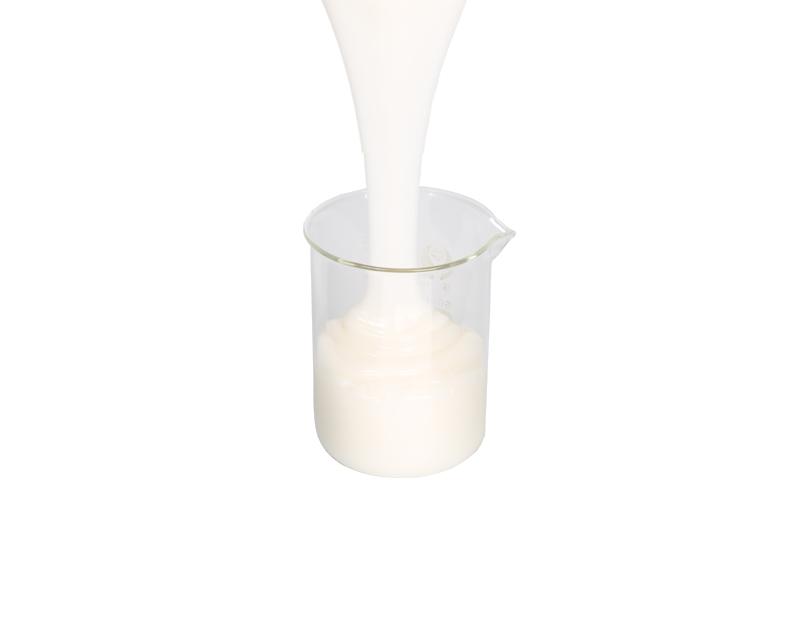- info@cychemicals.com
- +8613655695601
- Weicun Industrial Park, Chunjiang Town, Xinbei District, Changzhou City, Jiangsu Province
Location:Home > Product > Pulp & Paper Making Defoamer
Detailed Introduction:
FAQ—Defoamer For Paper Industry
Foam can be an important point of concern for the paper industry affecting production, product quality, and equipment lifespan. Defoamers or anti-foaming agents, plays a key role in controlling foam at different stages of paper production. We answer some of the paper industry’s most asked questions about using defoamers below.
1. what is a defoamer and its use in the paper industry
A defoamer is a chemical additive that reduces the surface tension of liquid. Defoamers are used throughout the paper industry.
●Pulp preparation, papermaking, and wastewater control foaming
●Eliminate foam-related problems, such as poor drainage, insufficient sheet formation, and non-uniform coating.
●After the pulp boils, reduce the foam content, make the pulp more evenly formed, and improve the smoothness of the paper surface.
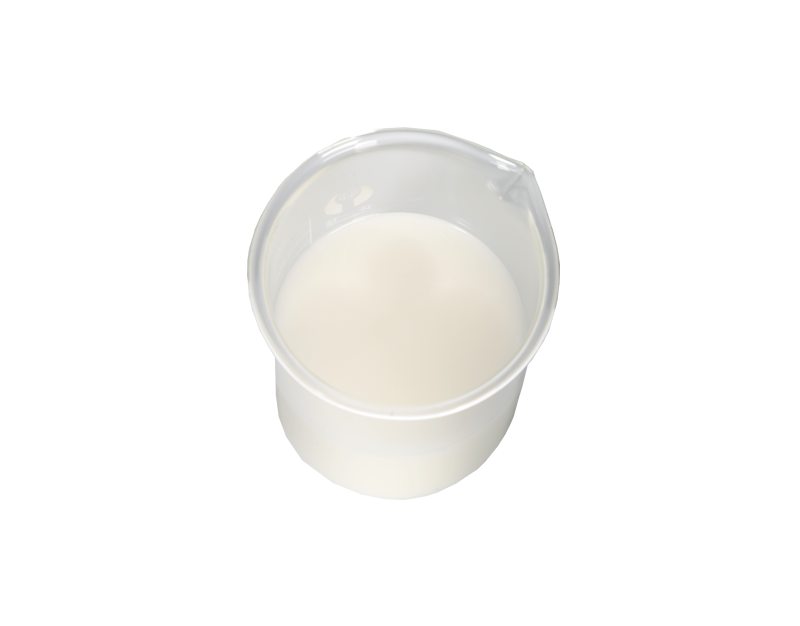
2. What effect does foam have in the papermaking process?
Foam in the papermaking process can cause many problems:
●Impact on production efficiency: Foam can clog or slow down equipment, thereby reducing production speed.
●Impure products: The formation of foam can interfere with the formation of fiber sheets, resulting in insufficient coating and affecting the final paper quality.
●Damage caused by trapped bubbles and foam: Foam and trapped bubbles can damage pumps, screens and other equipment.
●Water treatment problems: Foam can increase the difficulty of downstream water treatment and increase the cost of water treatment for enterprises
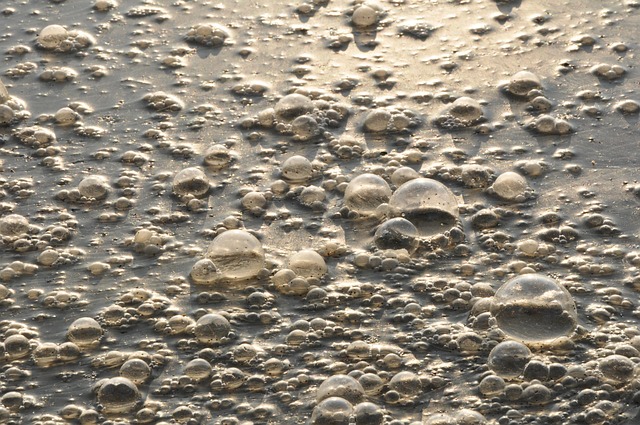
3. Common types of defoamers used in the papermaking industry
Because the characteristics of foams vary from process to process, each process requires the papermaking industry to use different levels of defoamers. Common types include:
●Fatty alcohol defoamers: The most common defoamer used in pulp is high-carbon alcohol defoamer, which has a stable structure, is resistant to high temperature, acid and alkali, and is suitable for harsh environments.
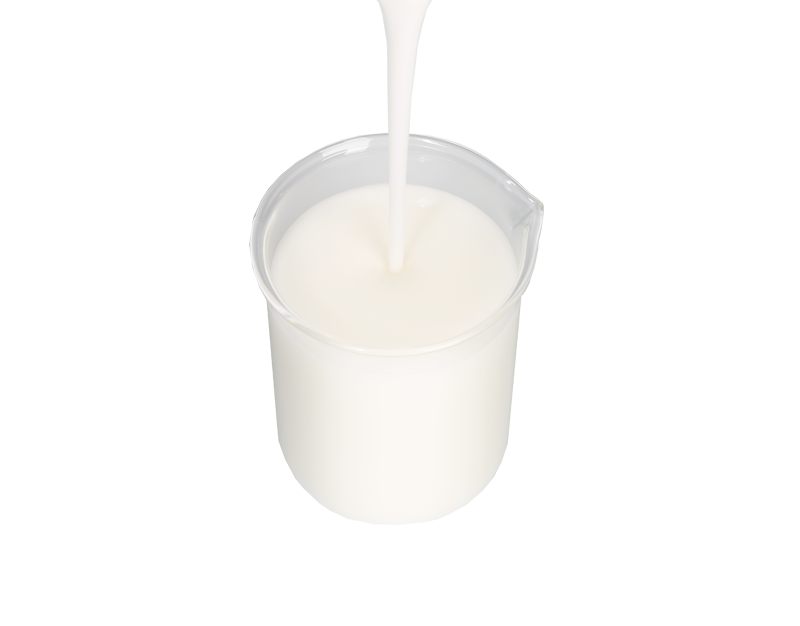
●Silicone defoamer: Silicone defoamers can decompose residual foam more quickly, and under the same usage environment, the amount added is lower than that of high-carbon alcohol defoamers. However, it should be noted that excessive addition may cause oil spots.
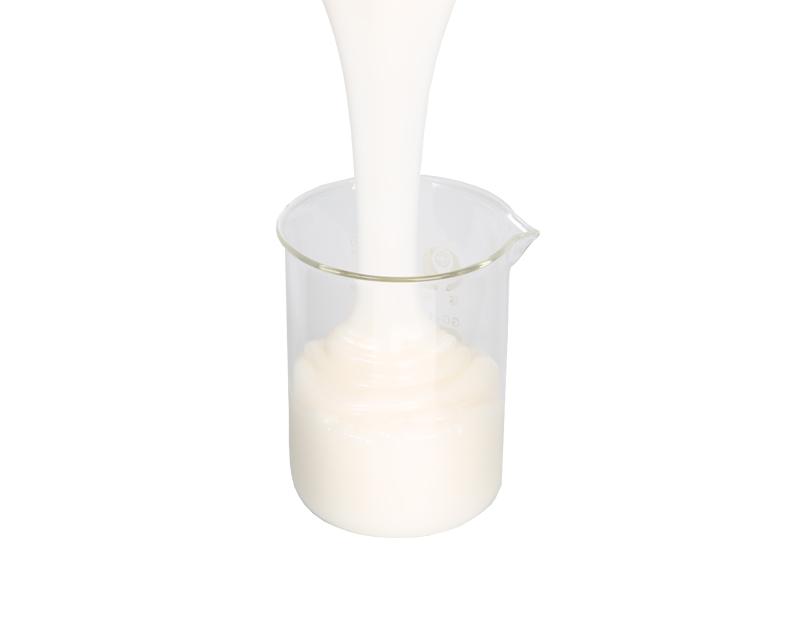
4.At which points in the paper manufacturing process is a defoamer used?
Defoamers are used at different stages of paper making including:
Pulp Preparation: In pulp washing and beating, foams can form that have to be controlled.
●Papermaking Process: To control foaming in the headbox as well as wire and press parts of paper machines.
●Coating Applications: For foam-free coatings of paper and board for a smoother result.
●Wastewater Treatment: For foam control in wastewater treatment systems prior discharge.
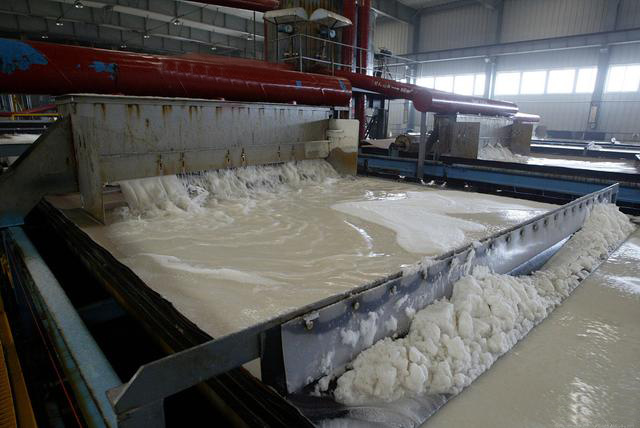
5.What Type of Defoamer Should My Paper Mill Use?
Choosing the right defoamer is based on some important factors:
●Kind of Foam: Permanent, non-persistent or surface foam
●Process Requirements: High-speed machines, coating formulations, or wastewater treatment.
●Compatibility: Avoid negative reactions by being compatible with other system chemicals.
●Eco-Friendly Standards: Choose bio-based defoamers if stringent eco standards need to be followed.
●Cost-Effectiveness: Pick a product that offers the right balance between performance and cost for effective usage over time.
Talk to Cychemicals - a defoamer supplier or expert to find one that will best suit your application.
6.What is the application of the defoamer in the paper industry?
Depending on the process and foam intensity defoamer can be applied in several different manner:
●Inline Dosing: Automated equipment inserts defoamers into the pulp or process water.
●Hand Addition: Smaller processes may hand-spot defoamer addition to foam hotspots.
●Spray Applications:Spray Applications Defoamers can be sprayed on foam surfaces for quick dissipation of foam in open tanks and basins.
7.Does defoamer have an impact on the quality of paper?
If used properly, defoamers will not damage paper quality, and can suppress foam and reduce the incidence of paper defects such as "bubble marks". However, improper selection or excessive use of defoamers can lead to the following problems:
●Excessive use of silicone defoamers may cause silicone oil residues, weaken hydrogen bonding between fibers, and reduce the tensile strength of paper by 5%-15%
●Defoamer residues may form hydrophobic spots (such as "fish eyes"), resulting in uneven ink adhesion or coating layer peeling during printing.
●Some defoamers (such as emulsions containing APEO) may release toxic substances and affect wastewater treatment; silicones are difficult to degrade and may interfere with the deinking efficiency of waste paper recycling systems.
●Preventive measures: Prefer polyether-modified silicones (both high efficiency and low residue) and fatty alcohols (little effect on paper strength). Avoid using defoamers containing APEO, short-chain silicone oil and other difficult-to-degrade or toxic ingredients. Control the amount of addition. According to our experience, the amount of defoamer added is usually 0.01%-0.1% of the total slurry (adjusted according to the severity of the foam). Considering the influence of the addition position, we recommend adding it at the slurry pump or high-level box first to avoid adding it directly at the headbox, which may cause uneven distribution.
8.Are defoamers environmentally friendly?
Currently embedded defoamers are designed to be less harmful to the environment, with biodegradable properties, and are therefore less of a risk for industries that have to comply with strict environmental regulations. Read the Material Safety Data Sheet (MSDS) and only use defoamers that align with your local environmental regulations.Contact us to get this file.
9.How much defoamer should I add to my process?
According to our experience, the amount of defoamer added is usually 0.01%-0.1% of the total slurry (adjusted according to the severity of the foam). Of course, this is just our recommended amount, and we also need to consider the following issues:
●Foam intensity: More foam, possibly requiring higher doses.
●System Volume: Bigger systems require correspondingly larger doses.
●Process requirements: Continuous processes might require continuous dosing, whereas intermittent processes may require periodic applications.
10.How can I track the performance of a defoamer in my system?
In order for defoamers to be effective, it is important to monitor foam levels. You can:
●Watch foam in real time in the sight glass of the pulp kettle
●Automated systems that utilize foam sensors for real-time monitoring.
●Develop operational metrics to determine the flow, quality, and efficiency improvements that your team should expect when using defoamers.
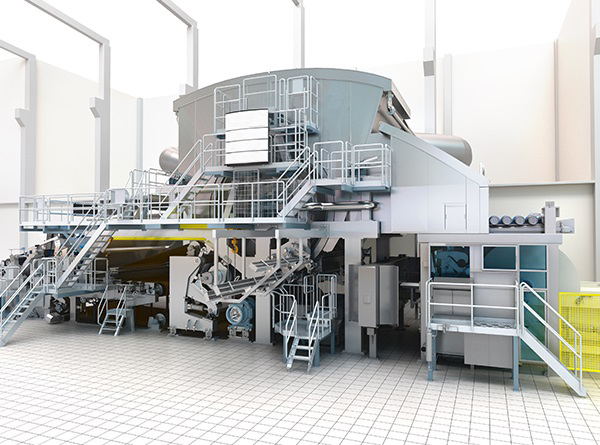
11.Are defoamers beneficial in paper recycling processes?
Yes, defoamers are essential for recycled paper. There are several specific benefits:
1. Residual surfactants in recycled pulp (such as detergents and ink dispersants in waste paper) are prone to foaming. Defoamers can reduce foam accumulation in pulpers and flotation tanks, accelerate fiber separation and ink removal, and reduce energy consumption by about 10%-15%.
2. Foam may cause cavitation of pumps and pipelines, or block screens (especially in high-concentration screening processes). Defoamers can maintain pulp fluidity and extend equipment maintenance cycles.
3. Controlling foam can improve the operating stability of wastewater sedimentation tanks and flotation devices, reduce fiber loss carried by foam, and reduce wastewater COD (chemical oxygen demand) load.
12.Does the paper industry specifically use defoamers aimed at microbiological control?
Defoamers are not biocides, but they can help reduce microbiological concerns by lowering the level of foam that can foster bacteria and fungi. Improved overall system hygiene may be attained through the combination of defoamers with biocides or microbial control agents.
13.What can be used instead of chemical defoamers in the paper industry?
Mechanical methods such as deaeration or reduction of agitation can limit foaming, but they tend to be less effective than chemical defoamers in high-speed paper machinery. Natural alternatives often include vegetable oils or organic-based agents that might not provide the same efficacy.
14.Shelf life of defoamers
A defoamer’s shelf life varies according to the formulation, from 6 months to 2 years. Always keep defoamers in a cool, dry environment and inspect the expiry date before application to guarantee optimal effectiveness.
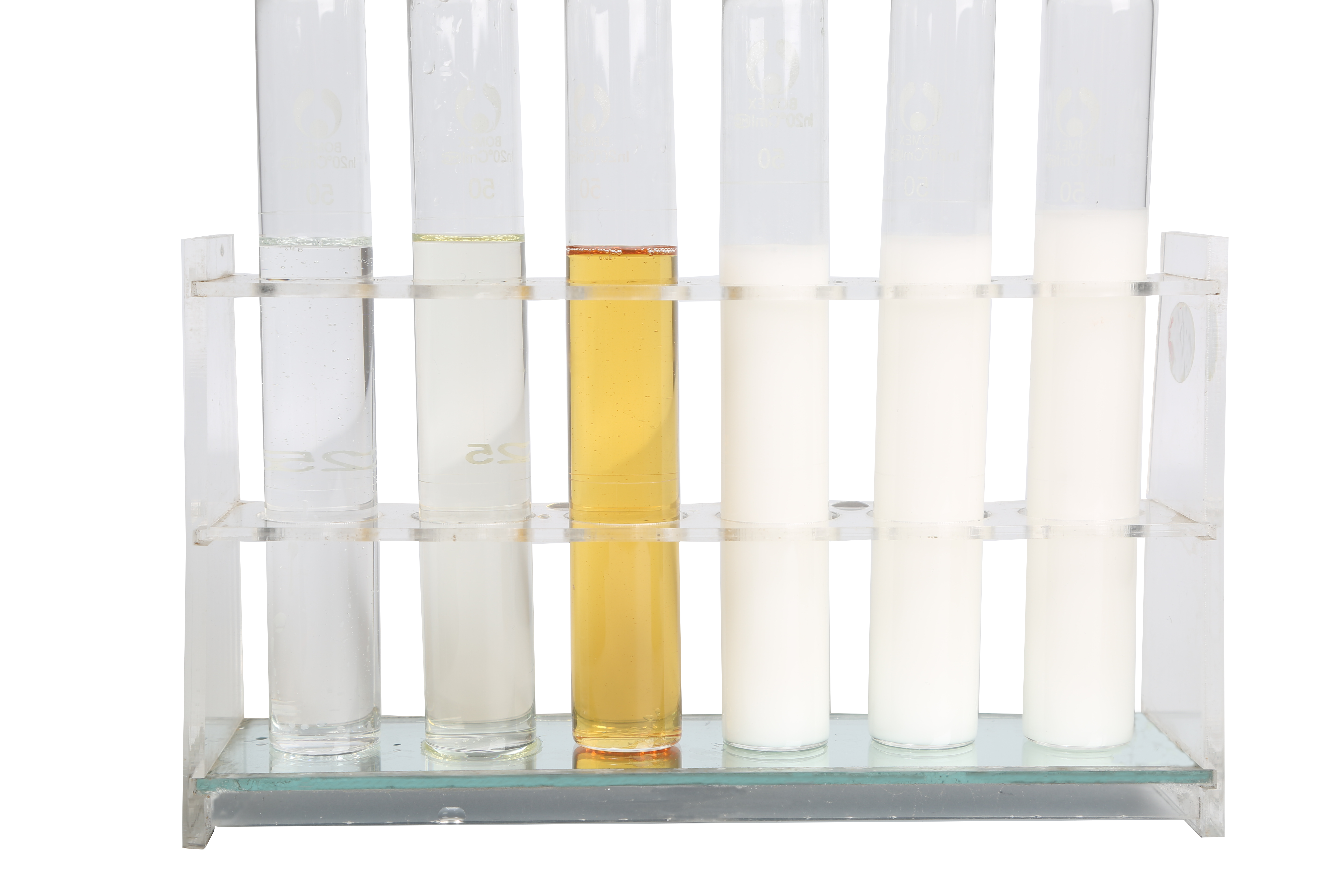
Previous : First

